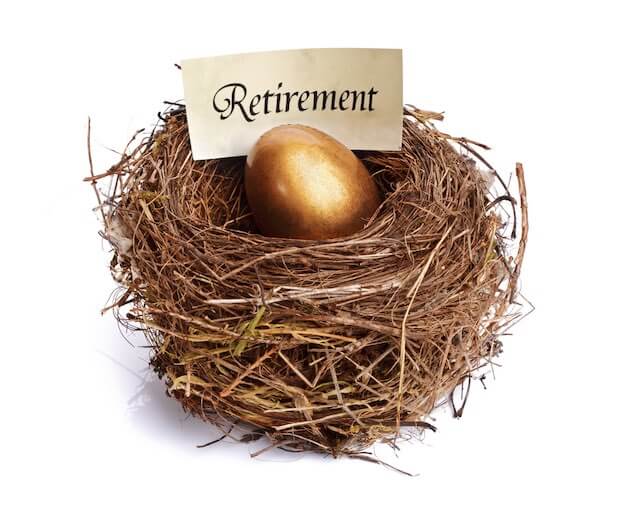Federal employees under the Federal Employees Retirement System (FERS) have incredible opportunities to maximize their retirement planning. True, it takes more effort to do so than their Civil Service Retirement System (CSRS) counterparts, but if they do it right, they can make these benefits sing!
There are 3 target age and service requirements for a FERS federal employee to retire on a full unreduced pension. Those would be MRA (Minimum Retirement Age) & 30 years, age 60 & 20 years of service, and age 65 with 5 years of service.
There is also another age and service requirement that FERS federal employees have to reach to unlock a substantial boost to their pension. That would be age 62 and 20 years of service.
When a FERS employee retires meeting all the criteria, age 62 and at least 20 years of service, the pension calculation changes from 1% x high-3 x years of service to 1.1% x high-3 x years of service.
Did you catch the change? The factor went from 1% to 1.1%. That doesn’t seem like much, but that is a 10% raise. This would be a 10% raise in your pension for the rest of your life. Sounds great to me.
Now, the challenge of course, is working until age 62. I take pride in thinking I keep more 61-year-olds in service than any retention check could!
This benefit is one of the core strategies to use to increase your retirement pension. We believe that if you’ve spent your career serving the public trust, thank you by the way, you should certainly take advantage of every benefit available to you.
Example Calculation
Let’s take a look at what this means in reality with some numbers.
So, for simplicity, let’s say our federal employee is 61 and has 19 years of service, with a high three of 80,000. We do a simplified pension calculation ($80,000 x 19 x 1%) which gives us an annual pension of $15,200.
Now, let’s give the employee an additional year of service and retiring at age 62 with 20 years of service, $80,000 x 20 x 1%, which provides an annual pension of $16,000. But, remember at 62 and 20 years there is the increase in the benefit factor. Re-doing the calculation ($80,000 x 20 x 1.1%) produces an annual pension of $17,600.
If the federal employee is retired for 20 years, that’s a difference of $32,000, and that is without factoring cost-of-living adjustments that will occur over that period!
Using Sick Leave to Reach 1.1%
Now, another strategy to reaching the 1.1% is using sick leave to qualify. I covered the importance of saving sick leave hours in a previous article, but it’s important to bring it up again here.
Let’s say our Fed is already age 65 and has 19.5 years of service. He just can’t see making it another year to qualify for the 1.1%, but it is possible he would be eligible for it now. Sick leave will not qualify you for retirement but it WILL qualify you to be eligible for the 1.1% increase.
If our Fed had 19.5 years of service and 1044 hours or of sick leave hours, his total service credit time for pension calculation purposes would be 20 years, thus eligible for the 1.1% pension factor.
Survivor Benefit
Having more guaranteed money coming your way in retirement is going to be very important. Health care costs and long-term care costs have been constantly going up and having more available income to support your family will be important, and if I haven’t convinced you to stay until 62 and 20 years, let’s discuss one more decision, the Survivor Benefit Pension (SBP).
As a FERS employee, if your spouse is on your health care plan, listen carefully. If you do not elect a SBP option and pre-decease your spouse, he or she will be kicked out of the health plan immediately.
SBP costs are either 10% for a 50% pension or 5% for a 25% pension. In most cases, and a topic for another article, the 50% option is the best choice for most couples. So if the cost to provide a 50% pension is 10%, no matter what age you retire, doesn’t it make sense to stay for the 1.1% increase to cover the SBP cost?
Conclusion
As we can see when you have the right strategies in place they make a cohesive plan. You have to be active in planning for your retirement. These strategies make powerful differences when you start on them early.
How do you accumulate that much sick leave to have months, even years added to your pension? You start early. How do you know when to retire and make sure you qualify for all that you are entitled to? You start early and know what your needs are in retirement.
James “Wes” Battle is a Financial Planner offering securities through Cetera Advisor Networks LLC, member FINRA/SIPC. Advisory Services offered through Cetera Investment Advisers LLC, a registered investment adviser. Cetera is under separate ownership from any other named entity. 2101 Gaither Rd., Ste 600, Rockville, MD 20850.
The opinions contained in this material are those of the author, and not a recommendation or solicitation to buy or sell investment products. This information is from sources believed to be reliable, but Cetera Advisor Networks LLC cannot guarantee or represent that it is accurate or complete.
For a comprehensive review of your personal situation, always consult with a tax or legal advisor. Neither Cetera Advisor Networks LLC nor any of its representatives may give legal or tax advice.






